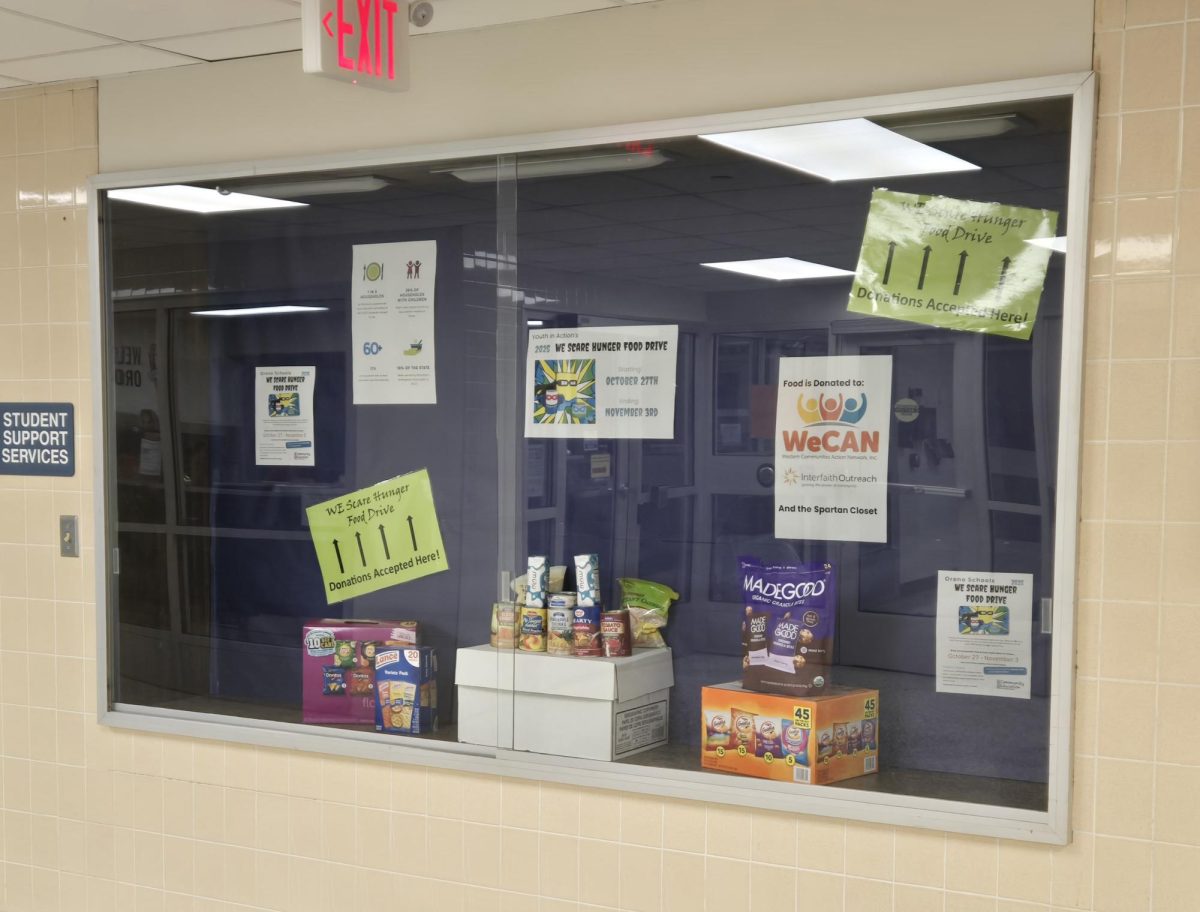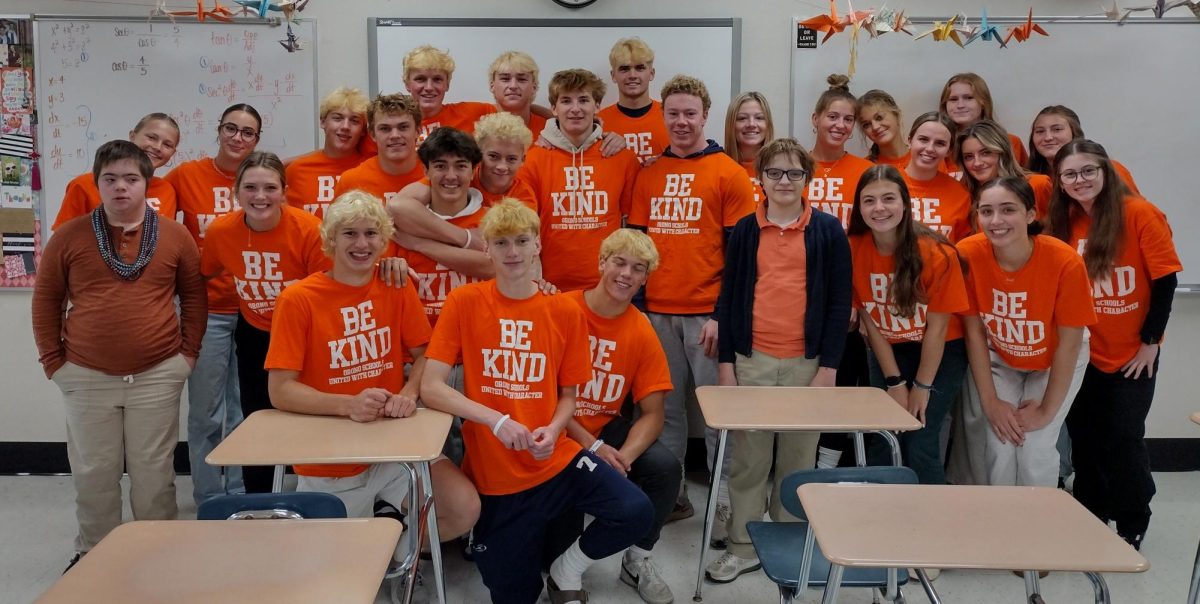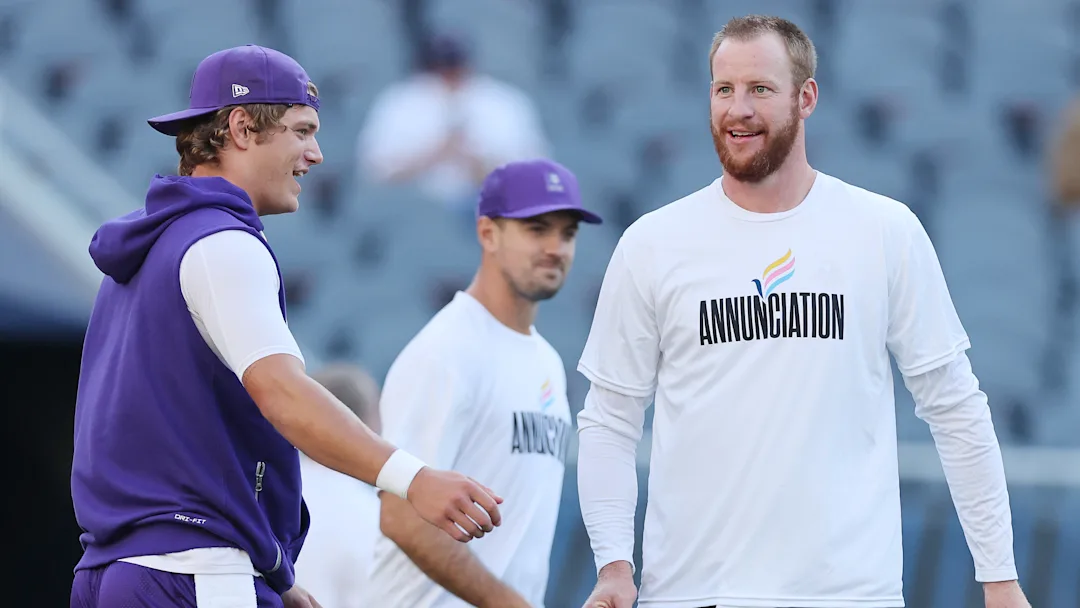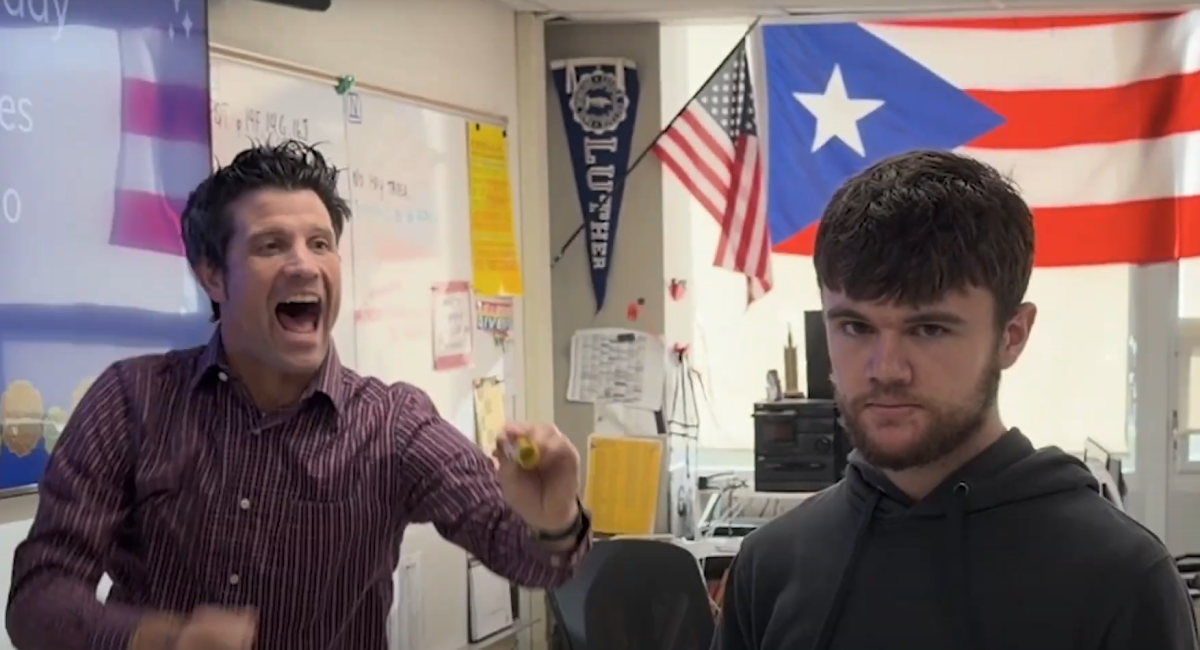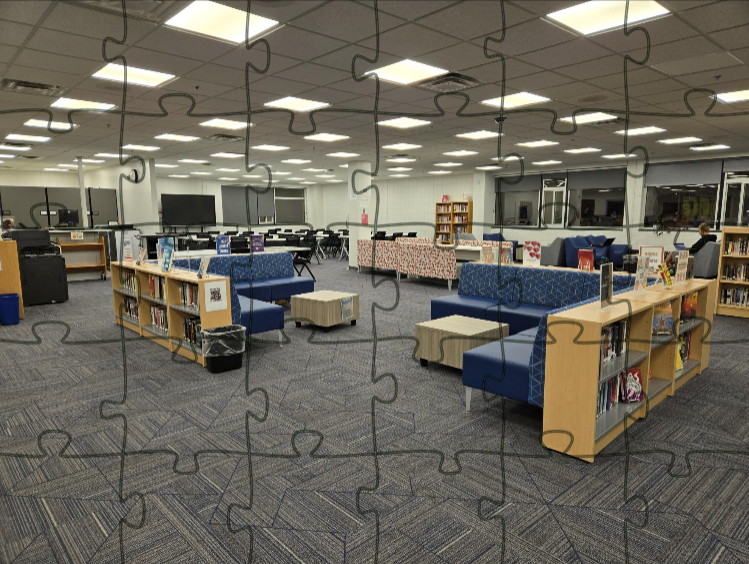COVID-19 Defeated Student Engagement
Students engagement has decreased with the pandemic over the years
As a result of COVID-19, students have had to social distance from their friends and teachers. Although hybrid and distance learning temporarily filled the role of traditional school, this disconnect between students and their peers has caused a noticeable change in Orono High School students’ engagement levels both socially and academically.
According to the Journal of Educational Psychology, attention issues have been linked to low academic achievement and social adjustment in multiple school settings.
“I hear a lot from teachers about students just being more distracted by devices or just not sustaining their attention quite as well as before (COVID-19),” counselor Kathryn Haagenson said.
According to Peter Kahn, director of Higher Education Studies at the University of Liverpool, students’ engagement levels in online courses are reported to be significantly lower than engagement levels in courses where instruction happens in person. One thing that could possibly contribute to this is the level of student-teacher interaction that happens when a class is online versus in person.
“We have been tracking the number of students with D’s and F’s before and during COVID-19, it’s pretty astounding how many more D’s and F’s there were during distance and hybrid learning and continue to be as compared to before,” Haagenson said.
This change in students’ engagement levels before and after COVID-19 aren’t just noticed by teachers and other school faculty, students have noticed this change as well.
“When a cell phone is there, it’s definitely a temptation,” senior Matthew Widen said.
According to Louis-Philippe Beland and Richard Murphy, both of whom worked together on a paper for the Centre’s Education and Skills Programme, student performance improved by 6.4 percent of a standard deviation when phones were removed from the classroom setting.
Orono High School psychology teacher Sara Ibs said she noticed phones being out during class and students “constantly” checking them much more since students have been back in the classroom full time.
“It just affects your ability to be present with what’s going on,” Ibs said.
Despite this change in students’ academic engagement there are ways to combat it.
“We are always working with teachers on how to create engaging lessons or activities to get kids involved,” principal Amy Steiner said.
Teachers are constantly trying to think of creative ways to keep students engaged in the classroom. A few ways teachers do this is by including a variety of activities during a lesson, transitioning multiple times throughout a class period, or by asking complex questions in an attempt to further engage students’ brains.
“I try to bring in relevant stories or examples, things that will apply to the students’ lives… the more that they are attempting to focus it on themselves and apply it to their own lives, it’ll automatically pull in their engagement,” Ibs said.
According to Eliot Levine, a research manager at the University of Massachusetts Donahue Institute, internships keep seniors far more engaged in the final months of the school year than if they weren’t involved in the internship.
Student engagement levels have been noticeably affected by COVID-19 in both social and academic settings. Steiner said she thought that social events like sports games, dances, and other club activities have had bigger crowds than ever before because of the lack of social connections people normally have.
“I think people have appreciated being able to do these things that we couldn’t do last year,” Steiner said.
Coming back from distance and hybrid learning, Ibs said she thought that the culture and focus in the classroom was different from years past.

